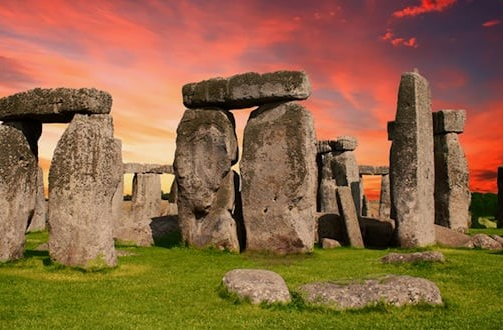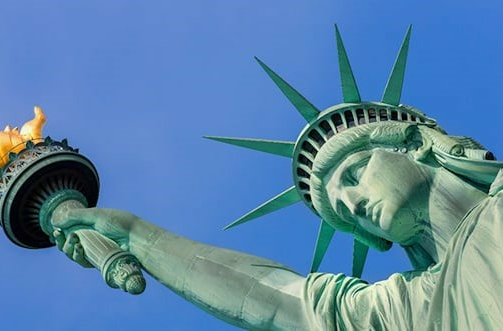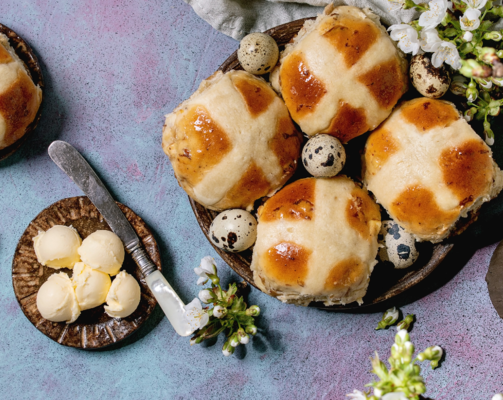The Origins of Easter Traditions
Beccy Miller
Eggs & the Pagan goddess Eostre

In pagan times, festivals were held in spring to honour the goddess Eostre, who represented a new dawn. Eggs were seen as symbols of fertility and new life, as were hares (because they give birth to big litters).
Just as the Romans ‘adopted’ the gods of the countries they invaded not to upset the locals (which is how Greek Zeus became Roman Jupiter), Christian missionaries blended the Eostre festival with their own celebration of Christ’s resurrection. Easter was born, bringing with it hares and eggs.
The British Isles have a deep connection with paganism - see our British Isles cruises here
An American spin on a German tradition

In the 1600s, German Lutherans converted the pagan hare into Oschter Haws, a rabbit that coloured eggs and delivered them to children who had been good. In the 1700s, Oschter Haws arrived in the US with German immigrants heading to the New World. The Americans put their spin on the tradition and started making chocolate eggs, and the rest, as they say, is history.
Experience the 'New World' for yourself; see our cruises to the USA here
Hot cross buns aren't only popular in the UK, don't you know

Like other traditions, some say hot cross buns originated with the goddess Eostre. They were baked in her honour to celebrate spring, with the four-quarters of the cross representing the phases of the moon. The cross also became the symbol of the crucifixion, so buns are supposed to be eaten on Good Friday (although these days, they are on sale as early as January!).
You'll be forgiven for thinking they're purely a UK tradition—they're pretty popular in Australia, too!
Visit Australia on a cruise to experience firsthand the cultural similarities and differences between our two great nations.





